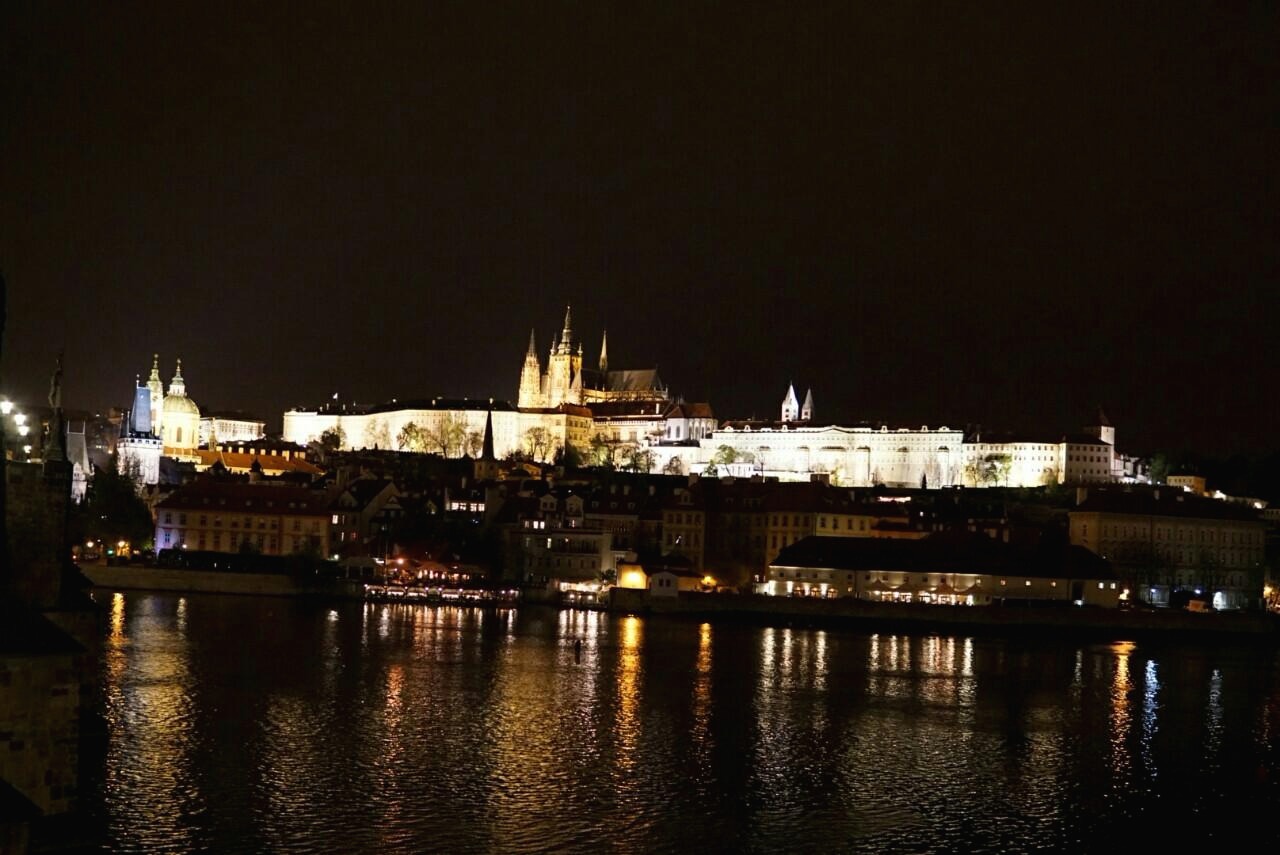세계 물 부족에 대한 이야기
The world's great religions consider water to be sacred, linked to rebirth, cleansing, and purification. And rightly so.
세계의 주요 종교들은 물을 신성하고, 부활, 정제, 정화와 연관된 것으로 여긴다. 그리고 물은 실제로도 그렇다.
All life, as we know, it requires water. It covers three quarters of the planet, but of that, barely a quarter of one percent is salt free, renewable, and available for use on a sustainable basis.
익히 알고 있듯이, 모든 생명체는 물이 필요하다. 지구의 4분의 3(75%)을 뒤덮고 있지만, 그 중 겨우 1%만이 소금이 없는 담수이며, 재사용할 수 있으며, 지속적으로 이용할 수 있다.
Many people hearing this report have enough, but millions on the planet do not. Forty percent of the world's population has no access to sanitation facilities.
이 리포트를 듣는 많은 사람들은 충분하지만, 수백만의 사람들은 그렇지 못하다. 전 세계 40%의 인구가 정화 시설을 이용하지 못하고 있다.
The United Nations looks to World Water Day to make people more aware of global water shortages a problem that is getting worse.
In 2000, the United Nations set a millennium goal of reducing by half those without access to clean water by the year 2015.
UN은 '세계 물의 날'에서 사람들이 점점 더 악화되어 가는 세계 물 부족에 대한 문제를 이식할 수 있도록 기대한다.
2000년도에 UN은 2015년까지 깨끗한 물을 이용할 수 없는 사람들의 수를 절반으로 줄이겠다는 새천년 목표를 세웠다.
This year, more than a billion more people now have clean water. But 1.1 billion are still without it, and more than two and a half billion people do not have basic hygiene facilities.
올해 10억이 넘는 사람들이 깨끗한 물을 사용하고 있지만 11억의 사람들은 여전히 그렇지 못하며, 25억이 넘는 사람들은 기초 위생 시설마저 없는 상황이다.
The key is for everyone -communities, organizations, and governments on all levels- to meet the global water challenge with cooperation, coordination, and credible action.
The cost of doing nothing is that two million children will die this year for lack of it.
모두를 위한 해결책은 지역 사회, 단체, 정부가 협력, 협조 및 실현가능한 실천으로 세계 문 문제에 대해 대처하는 것이다.
아무런 조치를 취하지 않는 것의 댓가는 200만명의 아이들이 물 부족으로 인해 사망하는 것이다.
'Lang > - Eng_Reading' 카테고리의 다른 글
| 미국 LA 경찰의 부정부패 (0) | 2018.04.17 |
|---|---|
| 학교폭력으로 인한 자살_Bullycide (0) | 2018.04.10 |
| 인터넷 채팅의 이면_미국 십대 소녀 살인사건 (0) | 2018.04.05 |
| 로스웰 외계인 (0) | 2018.04.03 |
| 음주운전 vs 졸음운전 (1) | 2018.03.25 |











